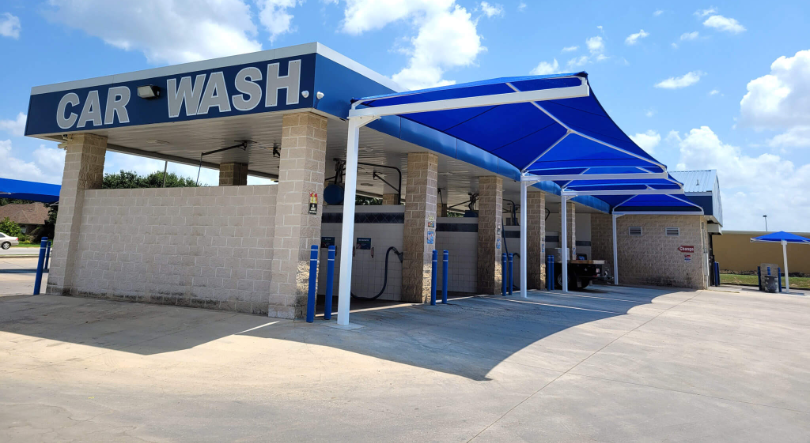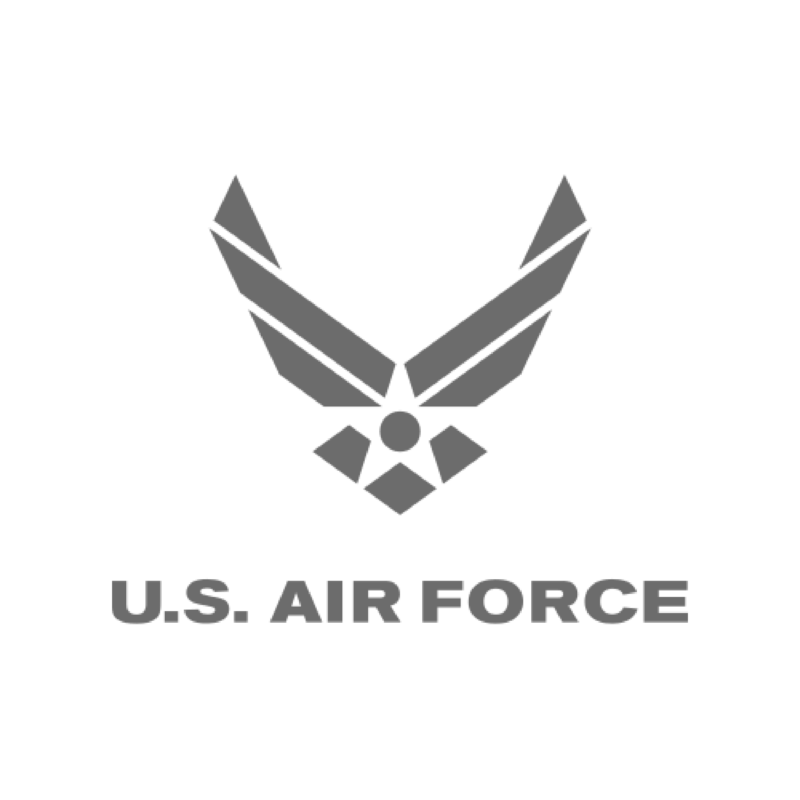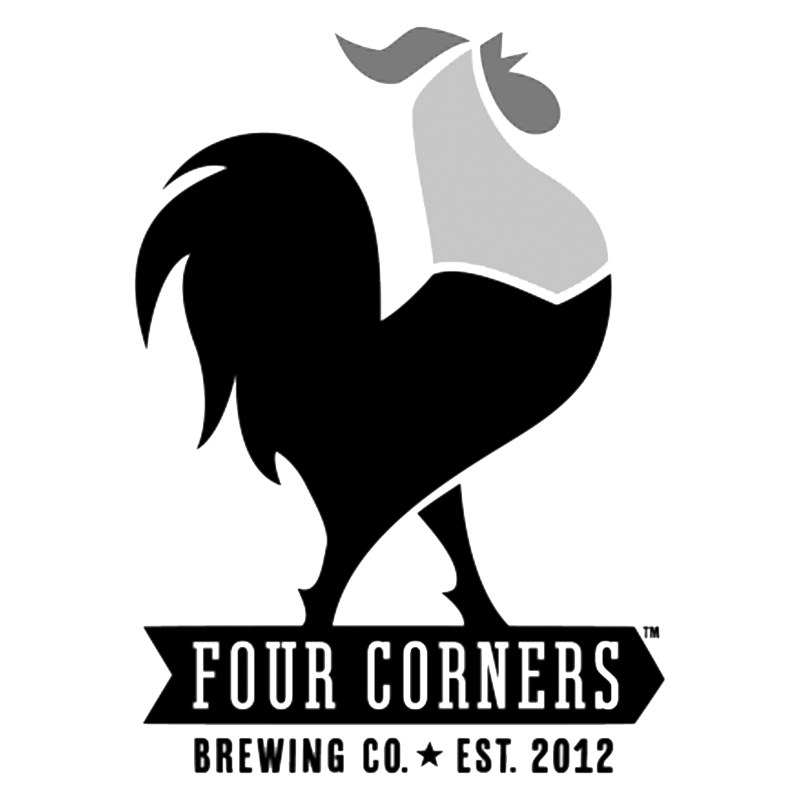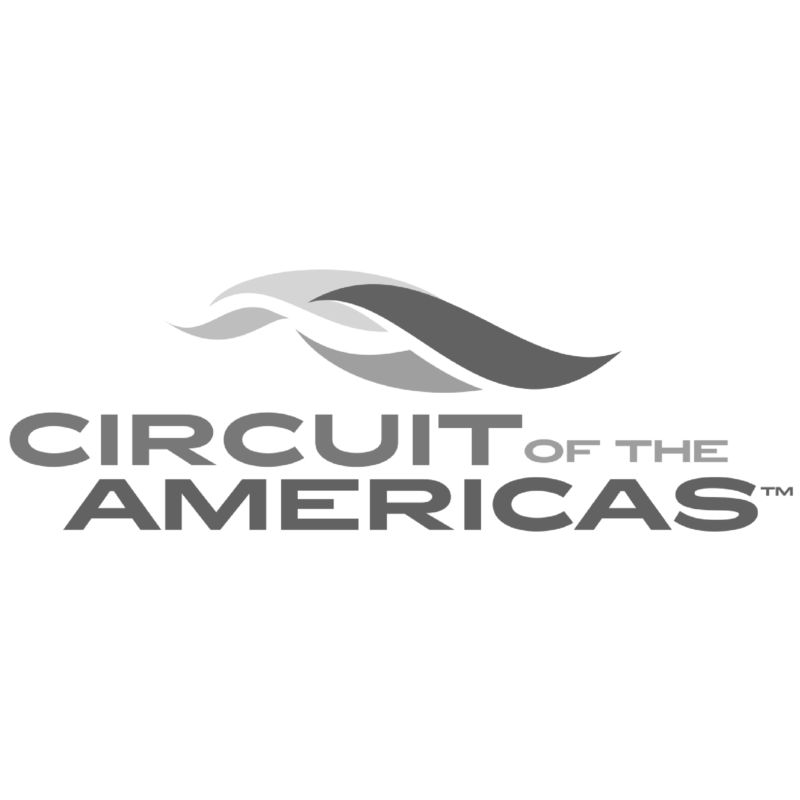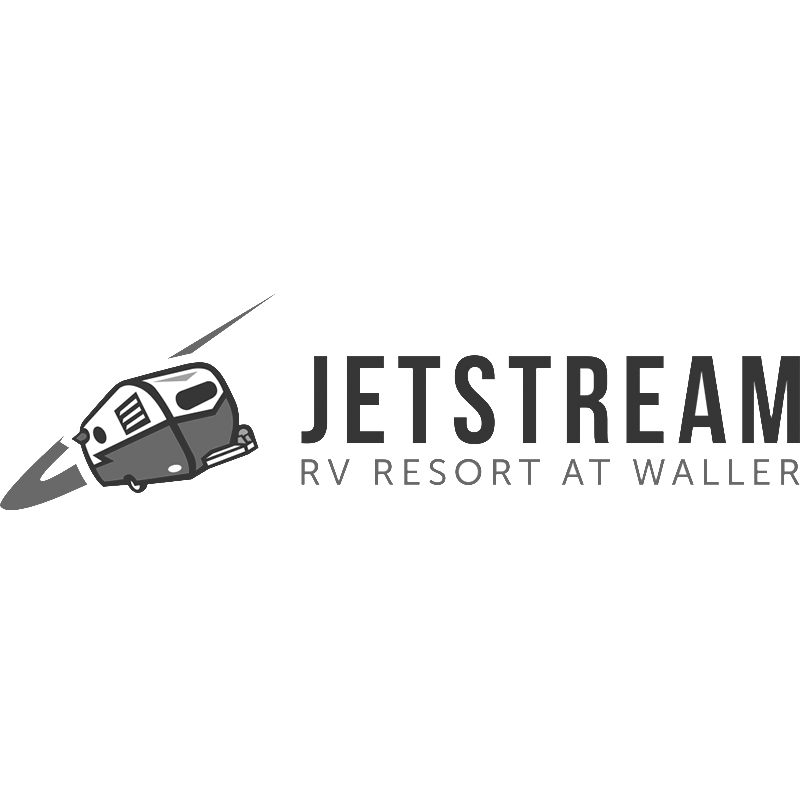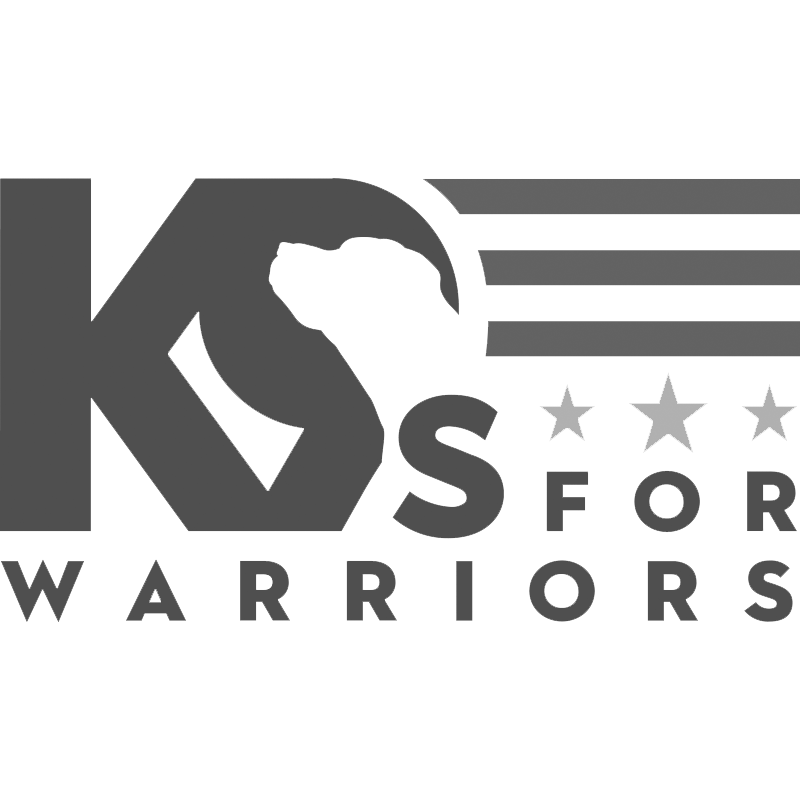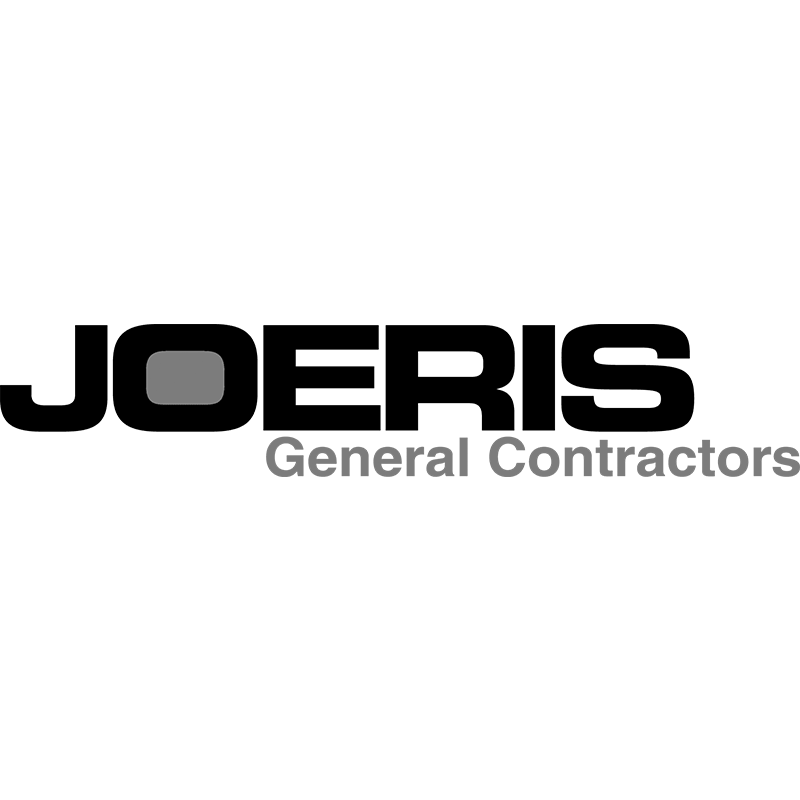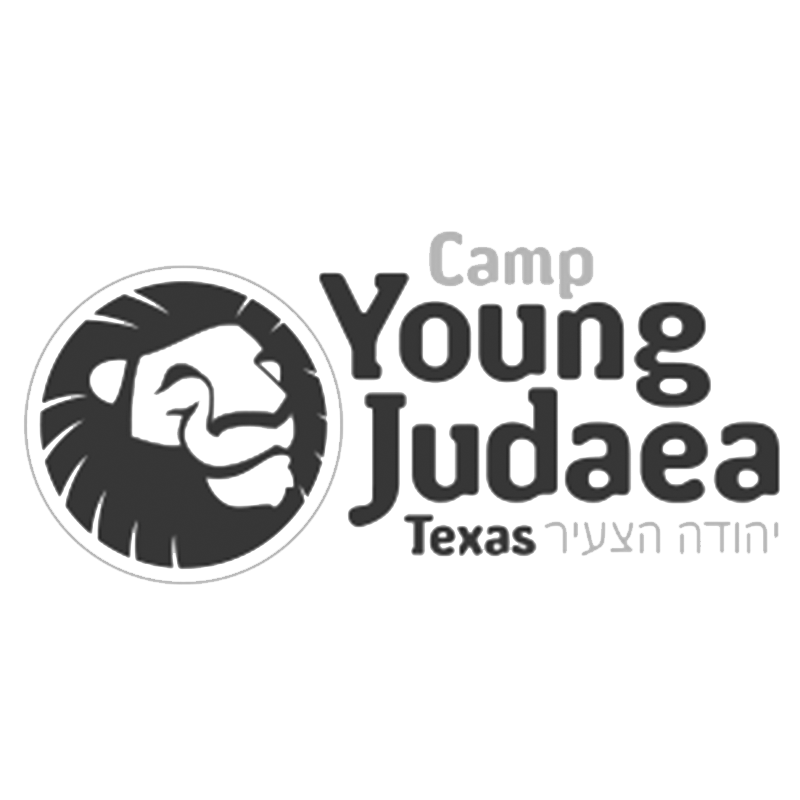Which Type of Fabric is Best for Your Shade Structure?
Outdoor fabric shade structures do more than look good. They help protect your buildings, vehicles, and outdoor spaces from harsh weather while adding style to your property.
Once you’ve chosen the right shade structure for your home or business, the next big question is simple: Which type of fabric is best for your shade structure?
The sun shade material you pick can make a big difference in how long your setup lasts and how well it performs.
This blog post breaks down some of the most popular outdoor fabrics so you can see how each one handles UV rays, rain, and daily wear, and feel confident you’re choosing the best option for your space.
High-Density Polyethylene (HDPE)
HDPE is a tough, woven fabric known for excellent UV protection and long-term durability. It keeps spaces cooler while standing up to sun, wind, and rain with very little upkeep.
Pros:
- Blocks up to 95% of harmful UV rays
- Highly durable and fade-resistant
- Allows airflow to keep areas comfortable
- Low maintenance
Cons:
- Less decorative than other fabrics
- Limited color and style options
Best for:
Shade sails, patios, playgrounds, carports, and commercial spaces
PVC-Coated Polyester
PVC-coated polyester is a strong, waterproof fabric designed for maximum protection in all weather conditions. It offers excellent UV resistance and flame-retardant properties.
Pros:
- Extremely durable and weatherproof
- Strong UV protection
- Flame retardant
- Easy to clean
Cons:
- Less breathable than HDPE
- Usually costs more upfront
Best for:
Large shade structures, commercial installations, and spaces needing all-weather coverage
Acrylic Fabric
Acrylic fabric has a soft, upscale look that stands out in many outdoor spaces. It resists UV rays, mildew, and water, and holds color well because the dye is added while the fibers are still liquid.
Pros:
- Excellent UV protection
- Resists mildew and water
- Soft texture and premium appearance
- Colors stay bright longer
Cons:
- Not flame-retardant
- Can cost more than polyester
Best for:
Patios, poolside areas, and spaces where aesthetics matter most
Vinyl
Vinyl comes in laminated and coated options and is often used in commercial settings. It’s flame-resistant and provides a smooth surface for custom graphics like logos.
Pros:
- Very durable and flame-retardant
- Waterproof and easy to clean
- Great for displaying graphics and branding
Cons:
- Less breathable than mesh or HDPE
- Heavier, requires sturdy support
Best for:
Commercial installations, storefronts, and areas needing fire safety compliance
Mesh
Mesh fabric is versatile and used in tensile structures and screens, but also works well in many other shade setups. It offers varying levels of sun protection while staying breathable.
Pros:
- Good UV and mildew resistance
- Allows airflow for cooler spaces
- Lightweight and flexible
Cons:
- Provides less waterproofing
- UV protection varies by weave
Best for:
Screens, tensile structures, and areas needing airflow with shade
Polyester
Polyester fabrics are known for being durable, quick-drying, and easy to keep looking new. They resist wrinkles and creases, making them a practical choice for many outdoor shade structures. Unlike PVC-coated polyester, which has an extra vinyl layer for added waterproofing and strength, standard polyester is lighter and more breathable but may not be as tough in extreme conditions.
Pros:
- Flame-retardant for added safety
- Quick-drying and moisture-resistant
- Resists mildew, UV rays, and water
- Available in many colors, patterns, and translucent options
Cons:
- It can fade over time in strong sunlight
- Less waterproof and heavy-duty than PVC-coated versions
Best for:
Shade structures need affordable, low-maintenance fabric with a wide range of style choices
What to Look for When Choosing a Shade Structure Material
Consumers need long-lasting and heavy-duty outdoor fabric shade structures. Before buying a product, it’s advisable to shop around and engage manufacturers and suppliers that offer products with these components. From the steel frame to the commercial fabric, the shade structure should demonstrate quality and craftsmanship.
Here are the top factors to consider when choosing a material for your outdoor sunshade structure.
Warranty
Reliable shade structure manufacturers provide their clients with the most comprehensive warranty, which is often ten years on commercial fabrics and 20 years on steel frames. The warranty should withstand 90 mph winds and embrace the standard building code, which makes the products long-lasting with minimal maintenance.
Temperature and UV Protection
Shade structure products should be of high quality and heavy-duty, built using strong and durable outdoor fabric. For instance, the Commercial95 fabric was developed to maximize sun protection while combining durability and strength to deliver longevity and performance.
Additionally, when looking for a shade fabric, you should consider its ability to block UV rays. Good materials can block up to 95% of UV rays, and such materials are made with knitted, lock-stitch construction that prevents tearing and fraying in case of a cut. To reinforce its consistency and performance, the fabric should be made of virgin-grade polymers. It should also be breathable to allow hot air to rise and escape, while the air under the canopy can circulate and remain cooler.
Premium Powder Coating
Powder coating is another component of outdoor steel shade structures that should not be overlooked. Premium powder coating ensures that the product:
- Is fade resistant;
- Is scratch resistant;
- Has maximum adhesion.
Overall, powder coating offers significant durability compared to conventional paints. It makes the product quite resistant to chips, abrasion, and UV light penetration. Additionally, powder coating provides a consistent, smooth gloss that eliminates runs, drips, and sags, which are often associated with painted finishes.
Importantly, powder coating is the most durable and weather-resistant method when it comes to shade structure fabric finishing. With its corrosion-resistant properties, it stands out more than other methods. It’s environmentally friendly with no solvents or hazardous materials.
Benefits of Fabric and Steel Shade Structures
For many businesses, steel and fabric shade structures are often preferable to other products such as wood and metal. This is based on the aesthetic versatility, improved UV protection, and aeration that come with outdoor fabric shade structures.
Besides, fabric shade structures are equally easy to clean and customize to suit the user’s business needs. Other advantages of fabric outdoor sun shade structures include:
- Improved air circulation leads to lower and cooler temperatures in the shaded space.
- Allowance of adequate soft light to filter through so there’s no need for additional lighting.
- Fabric shade structures are easy to maintain, making them more cost-effective than repairing or replacing wood or metal roofs of shade structures.
- Fabrics are available in different types, designs, and colors, offering a variety of choices to suit the user’s needs, including HDPE and PVC options.
- Fabric shade structures are flexible, and they offer different levels of UV and weather protection, flame retardancy, and translucence.
- Steel and fabric structures are highly durable and can withstand strong winds, with some specifically engineered to meet certain wind loads.
- All fabric shade structures from ShadePro observe and meet North American building codes.
Many consumers have asked about the cleaning of outdoor fabric shade structures. Well, the products are easy to clean, and they require minimal maintenance. Manufacturers and cleaning experts recommend using a power washer and mild detergent to remove dust and keep the fabric in the right condition.
Ready to Choose the Best Sun Shade Material for Your Space?
Picking the right sunshade fabric can make all the difference in comfort, style, and long-term value. Whether you’re searching for the best material for sun shade, comparing sunshade fabric options, or deciding which sun shade material holds up in your climate, expert guidance matters.
At ShadePro, we help you find the best sun shade material for any space—homes, businesses, patios, and commercial sites. Our team will walk you through high-quality fabrics, custom designs, and durable structures built to last.
Don’t settle for guesswork. Contact ShadePro today to get a personalized quote and see how easy it is to create a shade solution that looks great and performs even better.

